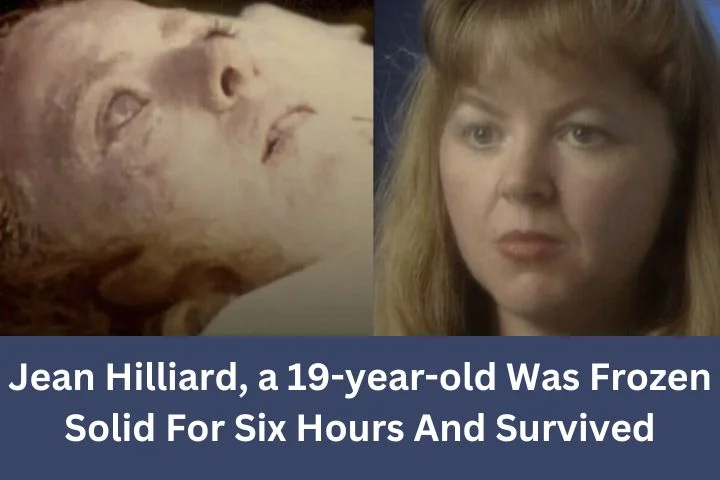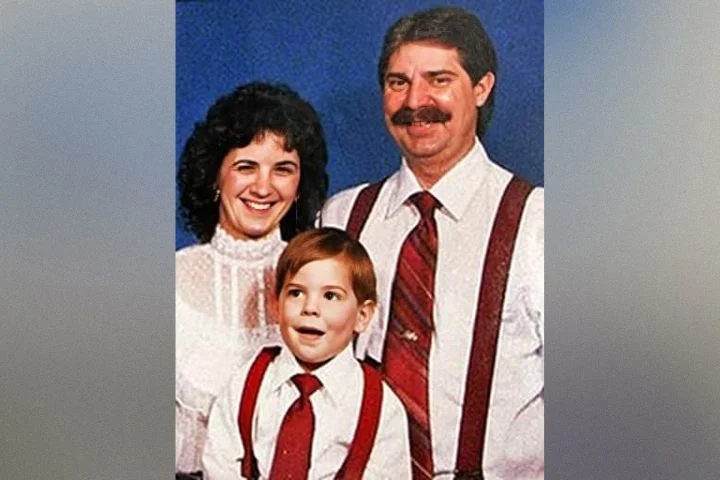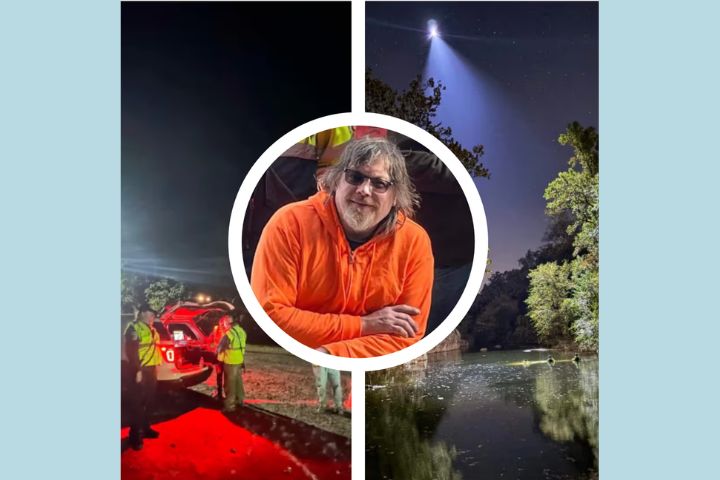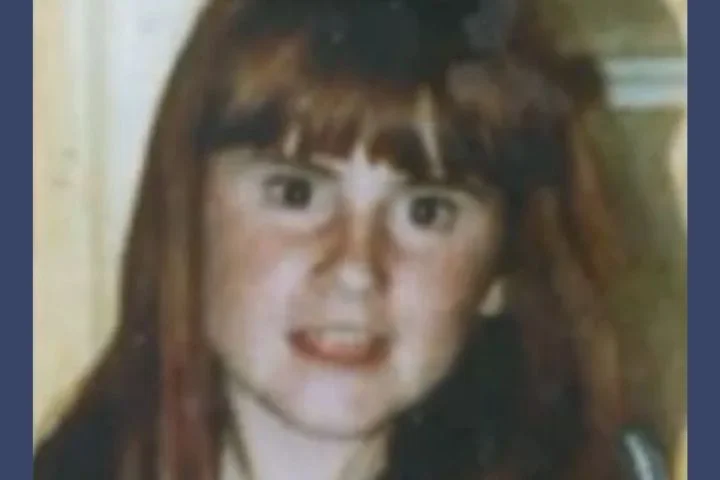In December of 1980, Jean Hilliard, a 19-year-old, was on her way back to her residence in Lengby, Minnesota following an outing with friends. While en route, she lost control of her vehicle as it skidded on an icy patch and ended up in a roadside ditch.
Clad in western boots, a coat and mittens, she stepped out of her car in -30 Celsius to seek her friend’s assistance who lived a few miles away. However, she tripped and lost consciousness.
Nobody noticed that her body had frozen solid until six hours later. In the front yard of her friend Wally Nelson, she was discovered completely frozen. Mr Nelson instantly recognised her and rushed her to the hospital which was 10 minutes away.
“I grabbed her by the collar and pushed her off the porch,” Nelson would say in an interview with Minnesota Public Radio many years later.
“I believed she was gone.” She was as frozen as a board, but I could see some bubbles coming out of her nose.
The doctors at Fosston Hospital didn’t think Hilliard would get better. When they tried to put an IV in her frozen arm, they had a lot of trouble and kept breaking needles in the process.
Even though they thought she was very close to dying, they decided to use heating pads to help her feel better.
By mid-morning, Ms. Hilliard was having fits.
I don’t know why she’s still alive, Dr. George Sather told the New York Times. He helped treat the girl. “She was really frozen stiff.” This is a miracle.
“The reaction didn’t appear until two or three hours after she started thawing out,” Dr. Sather said. “The body was cold, completely solid, just like a piece of meat out of a deep freeze.”
Dr Edgar Sather recalled that her pulse, hardly registering through her frozen skin, was about 12 beats a minute. Her temperature was too low for a thermometer, with a low reading of 88 degrees, 10 degrees below normal. But in several hours, wrapped in an electric heating pad, she began to revive.






